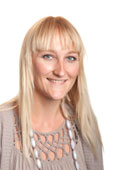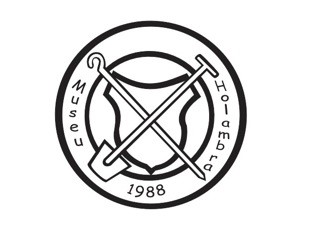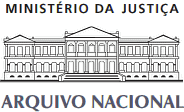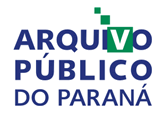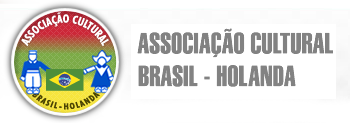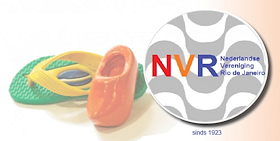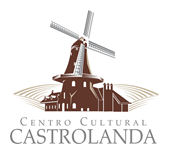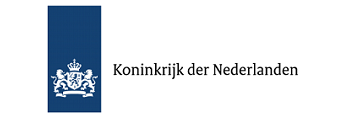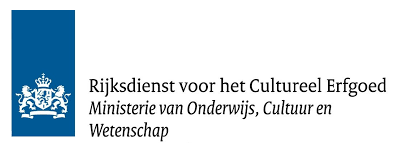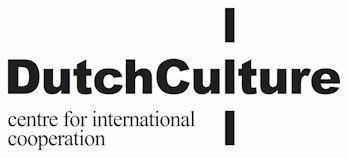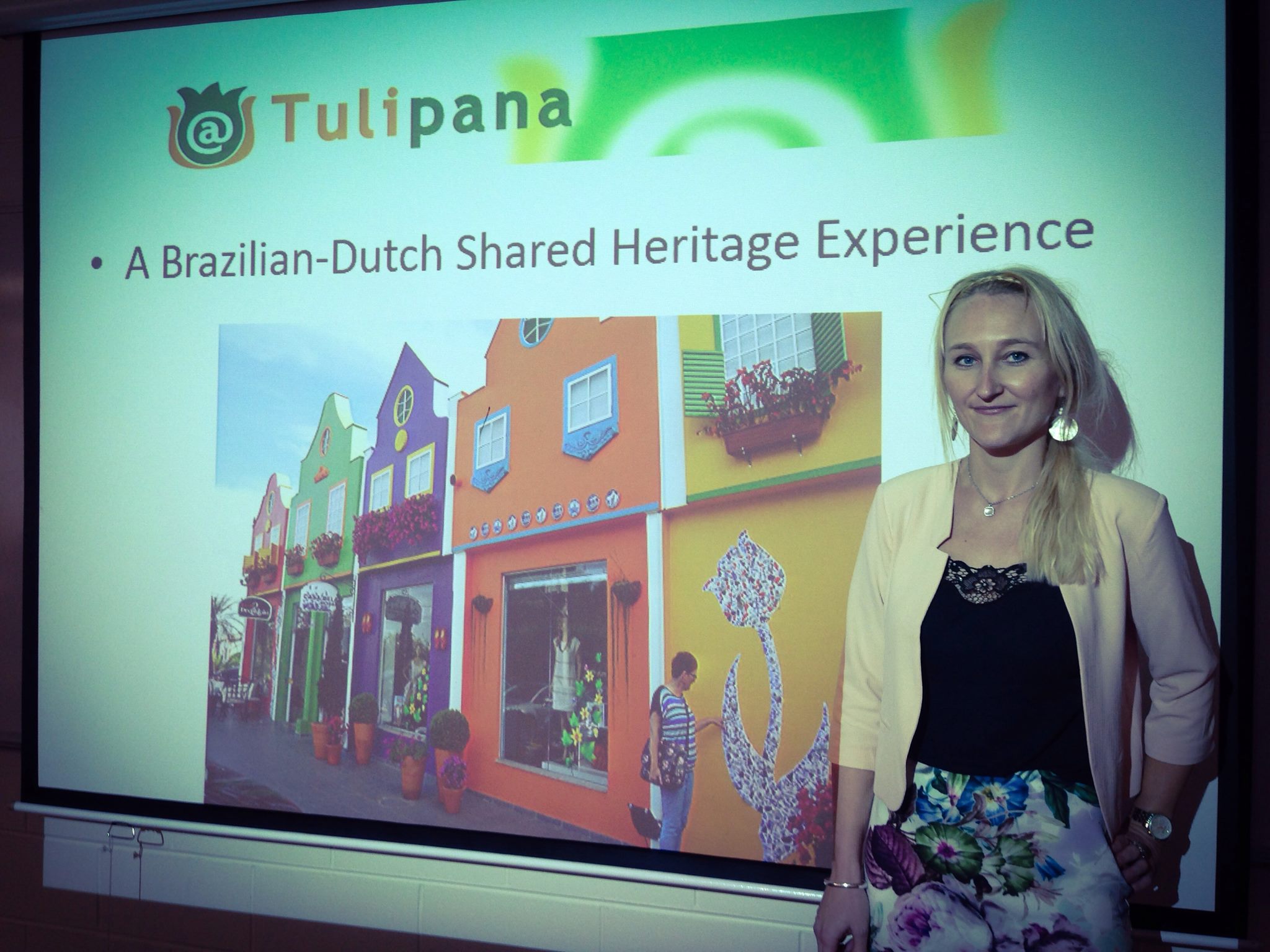 The History of Migration Experience Center at Curtin University (Perth) and the Digital Humanities Research Group from the University of Western Sydney (UWS) organized the Migration, Mobility and Connection workshop from 17-19 February in Parramatta. Sponsored by the Embassy of the Kingdom of the Netherlands, this workshop examined the archival, custodial and digital challenges that impact the discovery, collection, preservation and content management of material and immaterial traces from the past that the Netherlands shares with Australia and New Zealand and other (so called) emigration countries.
The History of Migration Experience Center at Curtin University (Perth) and the Digital Humanities Research Group from the University of Western Sydney (UWS) organized the Migration, Mobility and Connection workshop from 17-19 February in Parramatta. Sponsored by the Embassy of the Kingdom of the Netherlands, this workshop examined the archival, custodial and digital challenges that impact the discovery, collection, preservation and content management of material and immaterial traces from the past that the Netherlands shares with Australia and New Zealand and other (so called) emigration countries.
UNESCO and the International Organization for Migration (IOM) already stated in 2011 the need for museums on ethnic minorities. In times of globalization there is a longing for small histories and personal stories. That said, sustainability was the big issue raised at the workshop. How do we go towards a sustainable model for the preservation of community and migrant heritage? Communities have different layers to their collection activities and are constantly changing; what should be preserved to represent them for now and later? What is the meaning of Dutch descent for 2nd and 3rd generations? How do museums and collections stay relevant in the future?
An important issue raised during the workshop was about the role of digitization in preserving community heritage. Digitization and data storage involves large and long term investments but is this worthwhile? Do people really want the material to be online? Will it be used? The different means for getting revenue (for example, fundraising events, grants, and membership programs) will support programs but not staff and infrastructure, including buildings. And what about the role of volunteers? Can a museum be upheld by volunteers only and over generations? How can we maintain their commitment?
In partnership with key institutional and community stakeholders, this workshop built on new understandings about the experience and representation of migration and how this has shaped an evolving sense of Dutch migration heritage and, with it, the consequences for the formation of cultural identities. It concluded that digitization will play a significant role in the future of migrant and community heritage, but since it is very costly and takes long term maintenance it is vital to combine forces where possible. National and state institutions could play a role (like in the case of TULIPANA the National Archives of Brazil and the State Archives of Sao Paulo), but it should also be researched if it is possible to work together as countries among each other (mutual heritage policies for example). In the case of Dutch migrant communities this could be Australia, New Zealand, Brazil, Canada, USA, Argentina and South Africa, and the Netherlands since they share the same need for preservation of their cultural heritage and the Dutch there have documents in home and hostland. A research on cost effective and low profile (already existing) web applications and storage facilities might be done after careful consideration about what heritage should be digitized.
The Dutch Australian at a Glance project (DAAAG) from Dr. Nonja Peters (Curtin University) is an example of a project dedicated to digitally preserve the cultural heritage of the Dutch migrants and to tell the story of Dutch immigration in Australia. The intention to collaborate between the TULIPANA and the DAAAG projects has been declared during the workshop. In the coming months we will continue discussions about how to proceed from here. The idea is to apply for a NIAS Lorentz program as to bring together the different stakeholders to define and elaborate the idea feasibility, privacy, access, and costs including business cases around the notion of a personal virtual safe for migrant heritage.

